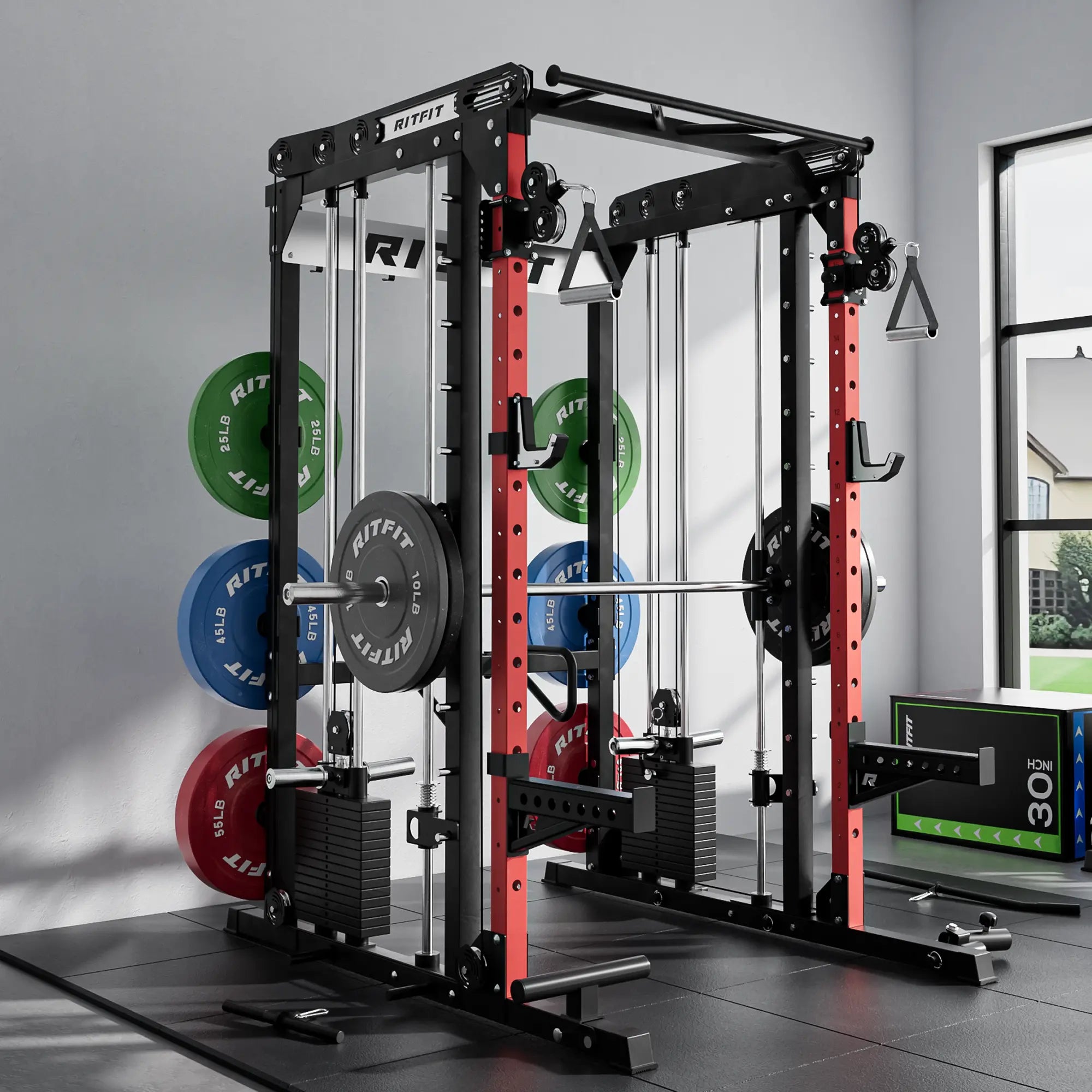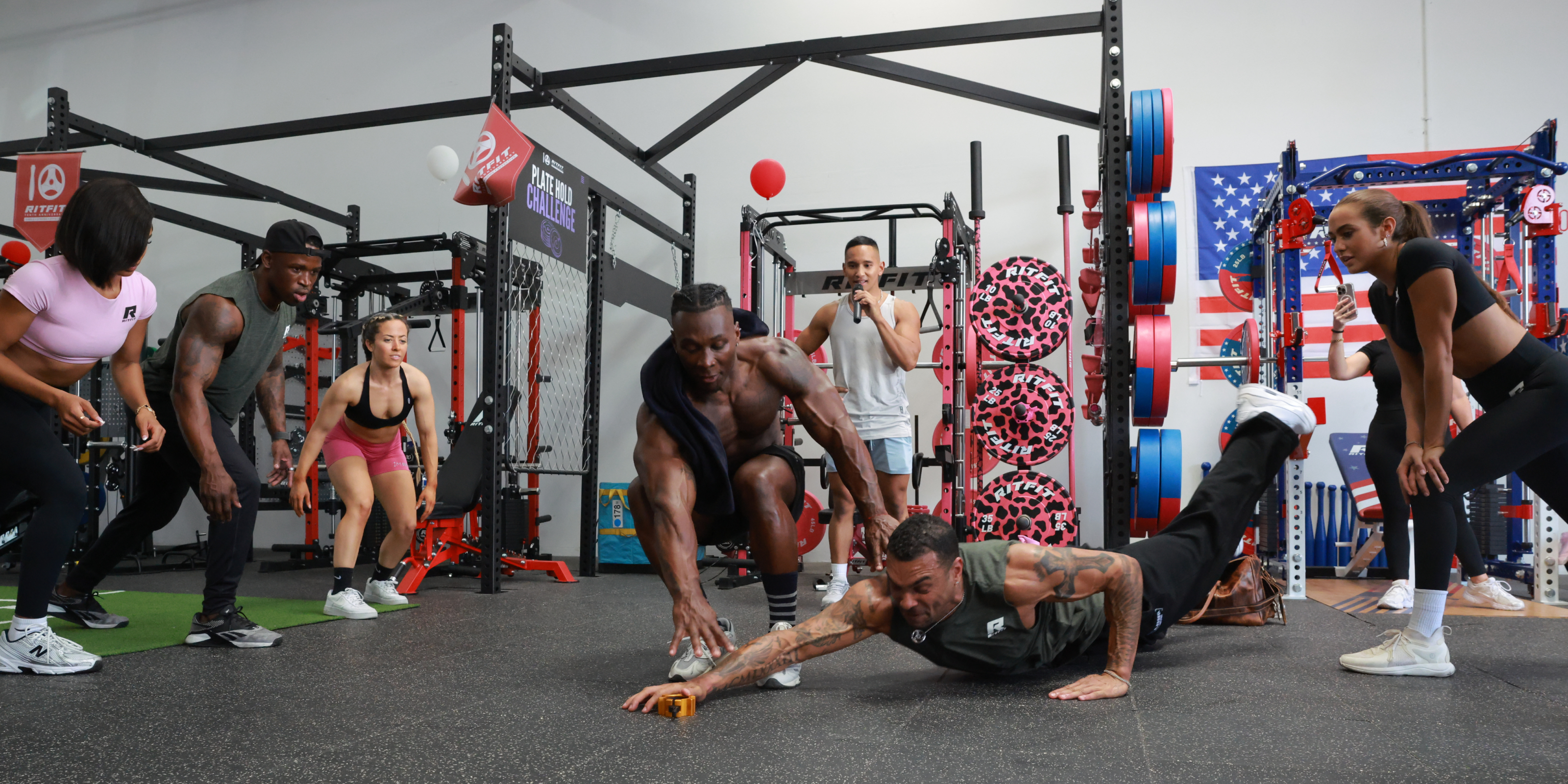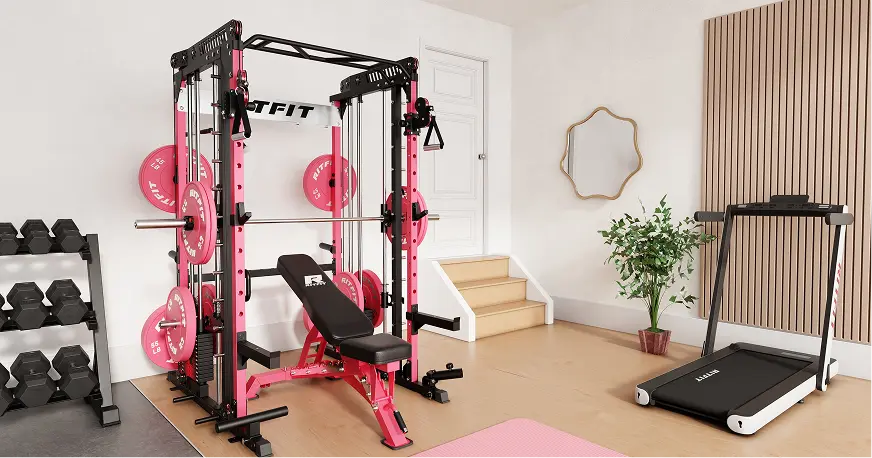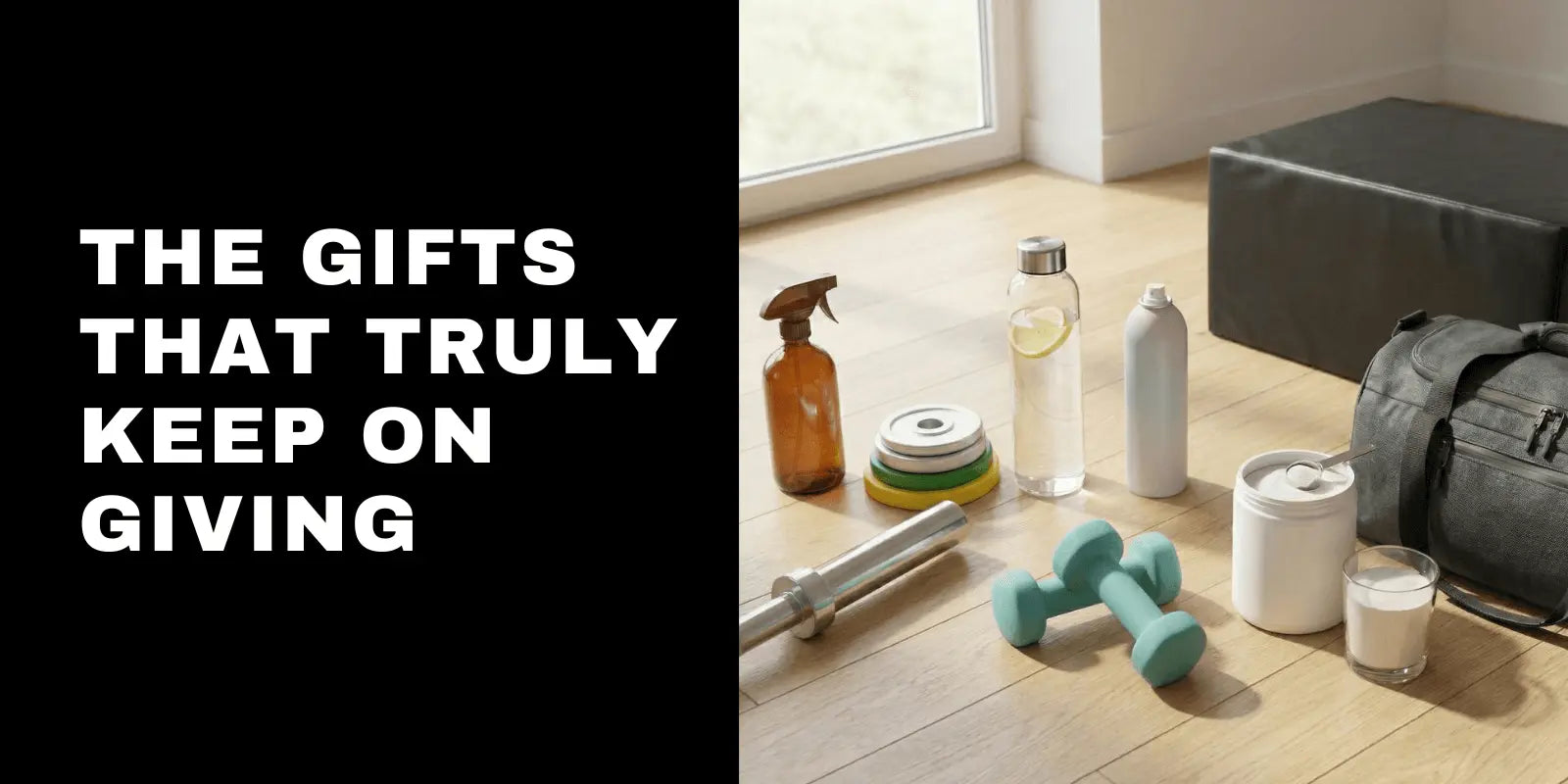Are your ankles the Achilles heel of your workouts? Learn the causes, then try these mobility drills that will have you squatting ass to grass in no time!
Common Causes Of Decreased Ankle Mobility
People tend to complain about reduced ankle mobility during one lift in particular: the squat—specifically, the bottom of the squat. In the bottom (or hole), your ankles need to be fully flexed, known as dorsiflexion. If your range of motion is limited, you won't be able to squat past parallel without being in pain. So, what causes decreased ankle mobility? The major culprits include stiffness at the joint or joint capsule, muscle tension, muscle imbalances, and chronically tight muscles. Ladies, I'm talking to you. If you frequently wear high heels, your ankle range of motion is going to be affected. Your ankle isn't able to move through a full range of motion in heels, which creates stiffness, and you're walking around with shortened calf muscles, which leads to chronically tight Now, this isn't to say that only those of you who wear high heels will have tight calves; there are plenty of other reasons, including muscle imbalances in the feet, legs, or hips; altered gait patterns; and specific techniques such as forefoot running. Regardless of the reason, it's important to address any tightness or imbalance.Ankle Mobility Drills
These mobility drills are simple yet effective ways to improve your ankle mobility so you can rock the bottom position of your squat. The best part: All four exercises can be done in under 6 minutes, so you've got no excuse not include them in you training session.1. Self-Myofascial Release Of Tight Muscles
I'm fairly confident you will find a few tender spots that could use your attention by doing this move, specifically in the arch of your foot and in your calf muscles. Oh, and remember when I said that these exercises should not cause any pain? This may be the one exception to that rule. If you are tight here, you are going to find some tender spots. Just be sure to not push too hard (no need to grimace!) and remember to avoid bony areas.- Grab a lacrosse ball, foam roller, or barbell, and have a seat on the ground. My personal favorite is the lacrosse ball.
- Place the lacrosse ball/barbell/foam under your calf (making sure to avoid the Achilles tendon or the spot directly behind the knee) and move the ball around until you find a sore spot. Once you find that spot, make a few circles with your ankle in both directions.
- If you need more pressure, place your other foot on top of your shin for added weight. Roll the length of your calf, and make sure to try to get the inside and the outside portions as well.
- To roll the arch of the foot, use a lacrosse ball or a smaller golf ball, and stand with your foot on top of the ball. Then, putting some pressure down, roll the ball the length of the arch, making sure to avoid the toes or directly under the heel.
2. Active Isolated Calf Stretch
This is a great stretch because it not only stretches out your calves but also gets the whole body (including the ankles) moving!- Get in a downward dog position, with one ankle crossed and resting behind the other.
- Touch your knee down to the ground, and then straighten it out again, really trying to touch your heel down to the ground when your knee is extended. You should feel a big stretch in your calf at this point.
- Continue this for 10 reps, then switch legs.
3. Half-Kneeling Ankle Mobilization
This is a fairly simple exercise that achieves improved mobility at the joint itself.- Grab a dowel, a foam roller, or a broom.
- Get into a half-kneeling position with the dowel placed about an inch in front of your front big toe. Without letting your heel come off the ground, bend forward at the ankle (dorsiflex) toward the dowel. Keeping your foot planted, go to the side of the dowel as far as you can.
- Hold for only a second or two, and then return to the beginning. Repeat for 10 reps.
4. Barefoot Training
Okay, this move sometimes confuses people. If you are wearing lifting shoes or shoes with a high heel, you can more easily get lower in your squat. If this is true, is it also true that wearing these shoes can actually limit your range? As I said before, it comes down to muscle imbalance. We need our muscles to be working efficiently and effectively to provide stability and allow us to move well and through a full range of motion. If our muscles are not doing this job well, other muscles have to kick in to help. Joints will also take some of the role of stabilizing and start to lock down, reducing their range of motion. This is why it is critical to include some specific barefoot training and foot-strengthening exercises in your training program. Does that mean you always have to lift barefoot? Not at all, but it does mean you need to carve out a few minutes every single day to specifically train those feet, ankle, and lower-leg muscles by doing exercises barefoot. Start with this one, a not-always-so-easy way to balance on one foot known as "short foot." This simple exercise proves to be very challenging for many people, as it forces all of the smaller muscles of the foot and lower leg to engage and work together. Time yourself, and see how long you can get. Once you feel confident with this exercise, there are so many ways to incorporate this exercise into your barefoot training!- Lift the toes of your right foot off of the ground and splay them as wide as you can.
- Place them back on the ground, ensuring each is in full contact with the ground.
- Attempt to pull the ball of your big toe toward your heel without lifting your toes. Essentially, think of trying to make the arch of your foot higher. Lift your left foot off the ground, holding for as long as you can.
















